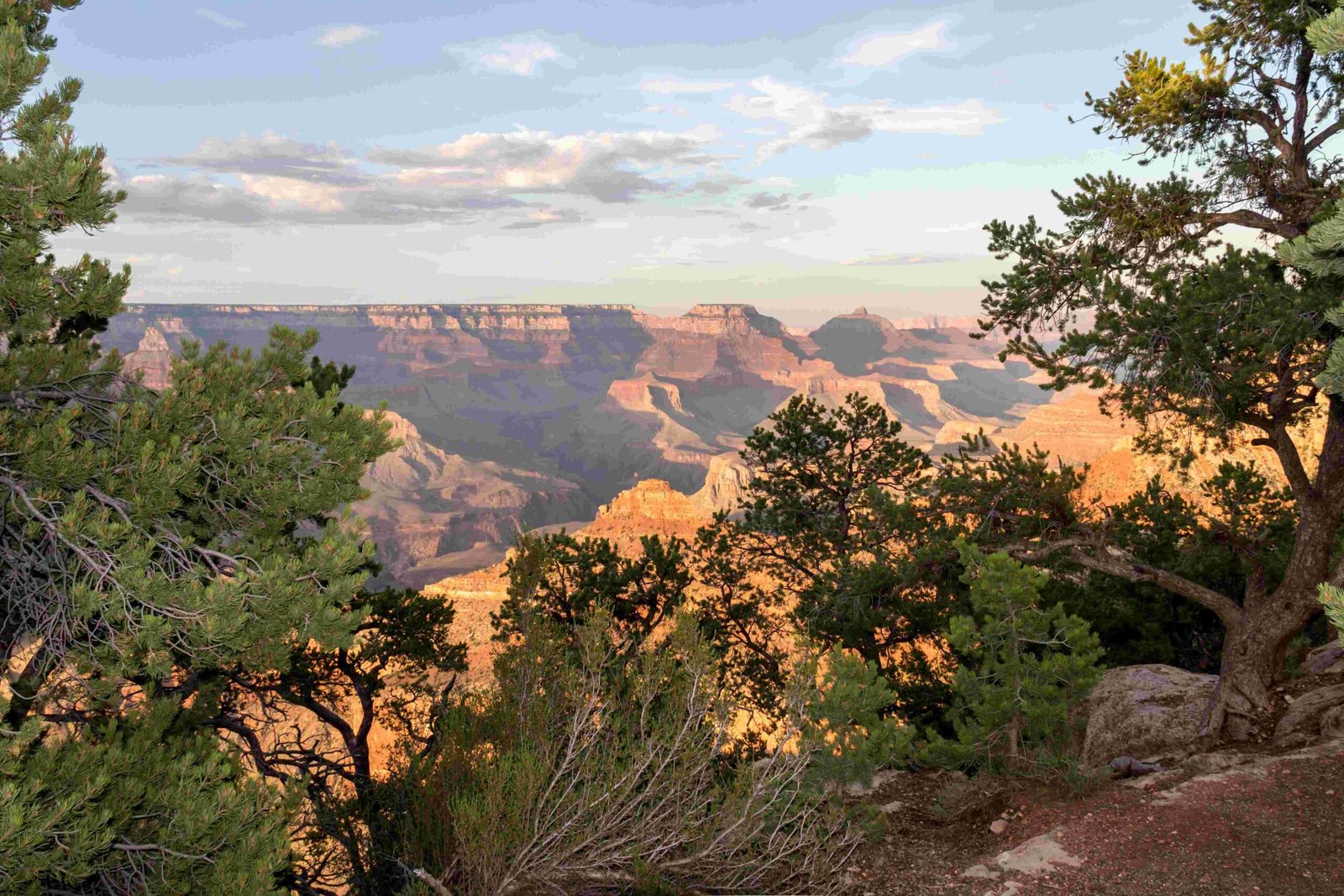White water rafting in the Grand Canyon offers an exhilarating adventure through diverse river difficulty classes, ranging from gentle Class I rapids suitable for beginners to extreme Class V rapids challenging even experienced rafters. Understanding these classification levels is crucial for selecting the right rafting experience, ensuring safety, and matching your skill level with the river’s dynamic conditions.
What Are the Different Rapids Classes in Grand Canyon?

The Grand Canyon’s white water rafting experience is categorized using the International Scale of River Difficulty, which provides a standardized method for assessing river challenges. Each class represents a unique level of complexity, skill requirement, and potential risk.
How Do Rapids Classes Work?
| Class | Difficulty Level | Description | Recommended Experience |
|---|---|---|---|
| Class I | Easy | Gentle water, minimal obstacles | Beginners, all ages |
| Class II | Moderate | Small waves, clear passages | Novice rafters |
| Class III | Challenging | Irregular waves, precise maneuvering | Intermediate paddlers |
| Class IV | Advanced | Powerful waves, complex navigation | Experienced rafters |
| Class V | Extreme | Violent rapids, significant obstacles | Expert rafters only |
| Class VI | Unrunnable | Potentially life-threatening | Not recommended |
What Skills Are Required for Each Rafting Class?
Class I Rapids
- Minimal technical skills needed
- Suitable for families and children
- Calm water with gentle currents
- Perfect for first-time rafters
Class II Rapids
- Basic paddling techniques
- Understanding of river flow
- Ability to follow guide instructions
- Moderate physical fitness
Class III Rapids
- Intermediate paddling skills
- Quick decision-making abilities
- Good physical condition
- Minimum age recommendation: 12 years
Class IV Rapids
- Advanced paddling techniques
- Strong swimming skills
- High physical endurance
- Recommended for ages 12 and above
- Previous rafting experience preferred
Class V Rapids
- Expert-level river navigation
- Exceptional physical fitness
- Advanced rescue and self-rescue skills
- Minimum age: 15 years
- Extensive whitewater experience required
What Safety Precautions Should Rafters Take?
- Essential Safety Gear
- Personal Flotation Device (PFD)
- Helmet
- Appropriate water-resistant clothing
- Secure footwear
-
Sunscreen and sun protection
-
Physical Preparation
- Cardiovascular fitness
- Upper body strength
- Swimming proficiency
-
Basic first aid knowledge
-
Professional Guidance
- Always raft with certified guides
- Attend pre-trip safety briefings
- Follow instructor directions precisely
How to Choose the Right Rafting Experience?
- Assess personal skill level honestly
- Consider physical fitness and health
- Consult experienced rafting companies
- Start with lower-class rapids and progress gradually
- Take professional training courses
What Factors Influence Rafting Difficulty?
- Water volume and flow rate
- Seasonal water levels
- River terrain and rock formations
- Weather conditions
- Individual physical capabilities
Conclusion

Grand Canyon white water rafting offers an unparalleled adventure with rapids classes catering to various skill levels. By understanding these classifications, rafters can select experiences matching their abilities while ensuring maximum safety and enjoyment.
Cost and Duration Considerations
- Half-day trips: $200-$500
- Full-day trips: $500-$1,000
- Multi-day expeditions: $1,000-$3,000
- Typical group sizes: 6-12 participants
- Peak season: April to October
Recommended Preparation
- Physical fitness training
- Swimming lessons
- Basic first aid certification
- Research and select reputable rafting companies
References:
– National Park Service – Grand Canyon Rafting
– American Whitewater Association Guidelines
– Grand Canyon Rafting Outfitters Association

